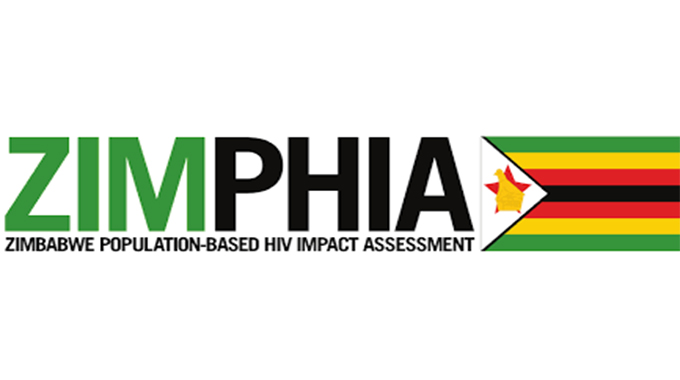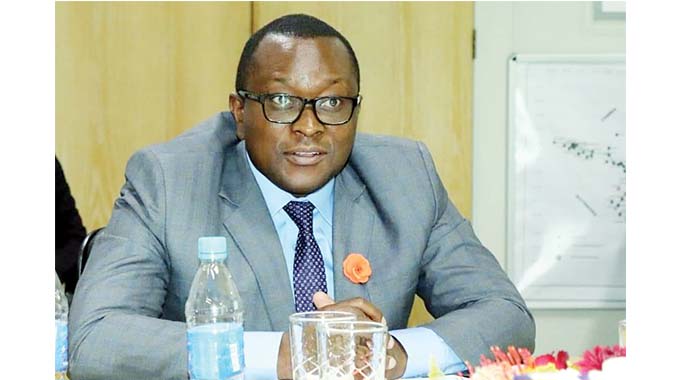Zimbabwe achieves 90-90-90 HIV global targets

Thandeka Moyo-Ndlovu, Health Reporter
ZIMBABWE has now met the second and third 90-90-90 HIV global targets, and achieved the overall target for 2020 by exceeding 73 percent of viral load suppression among all adults living with HIV.
The Joint United Nations Programme on HIV/Aids (UNAIDS) set the 90-90-90 targets with the aim that by 2020, 90 percent of all people living with HIV would know their HIV status; 90 percent of all people with diagnosed HIV infection would receive sustained ART; and 90 percent of all people receiving ART would have viral load suppression.
Just like other heavily burdened countries, the country which has the fifth highest HIV prevalence at 12,9 percent in Africa was working towards reaching the 2020 goals.
According to the Zimbabwe Population-based HIV Impact Assessment (Zimphia) 2020, 86,8 percent of all adults living with HIV aged 15 years and older are aware of their HIV status.
The survey states that individuals are classified as aware if they reported their HIV-positive status or had a detectable antiretroviral (ARV) in their blood.
Of the adults diagnosed with HIV in Zimbabwe 97 percent are on ART.
Among adults who were on ART, 90,3 percent have suppressed viral loads according to Zimphia 2020 and of those 91 are women while 89,0 percent are men.
Prevalence of HIV among adults in Zimbabwe is 12,9 percent which corresponds to approximately 1 225 000 adults living with HIV and women remain the most affected gender.
“Zimbabwe has now met the second and third 90-90-90 targets and has achieved the overall target for 2020 by exceeding 73 percent of viral load suppression among all adults living with HIV.
The country is well positioned to achieve the UNAIDS goal of ending the Aids epidemic by 2030, provided the country continues efforts to expand HIV diagnosis and life-saving antiretroviral treatment,” read the statement.
Zimphia also estimated that the annual total of new HIV cases among adults aged 15-49 has remained unchanged since the previous survey conducted in 2015. — @thamamoe








Comments